Work in progress
Work in Progress (2013) immerses itself in the manufacturing industry of Markina-Xemein, the rural Basque village where Jaio comes from. A video documents the mass-production of rubber car parts, following the pieces from the assembly line in a worker-owned factory to subcontracted workshops where informal workers finish them by hand. Several of these workers are employed by the artists to cast hundreds of replicas of small modernist sculptures. These are displayed on mass-produced shelving to evoke the "Chalk Laboratory" of Basque sculptor Jorge Oteiza, a fierce critic of the commodification of art.
Work in Progress was produced with support from the Eremuak program of the Basque Government and from the Centrum Beeldende Kunst Rotterdam.
Caption: A synthetic rubber factory was opened in the Lea-Artibai region of the Basque Country in 1971. The facility currently has clients such as Volvo, Volkswagen and Audi. It is part of the Mondragon Corporation, one of the world's largest worker cooperatives and an important example of worker self-management. In response to market pressures, in the 1980s the worker-owners collectively decided to open factories in countries such as Romania, Mexico, China and India, and to subcontract work to personnel outside the cooperative system.
Caption: The rural area of Lea-Artibai in the Basque Country conceals an elaborate informal economy based on the trimming of excess rubber from pieces that come out of industrial moulds. This manual labour is carried out by an unregulated workforce that consists mainly of women and undocumented immigrants. As in pre-industrial times, they gather in spaces such as kitchens, market buildings or porches, but instead of spinning wool or mending fishing nets, these workers handle abstract industrial forms which have no direct use value for them.
Caption: The sculptor Jorge Oteiza (1908–2003) is renowned for being one of the principal theorists of Basque modern art. In 1960 he wrote a text called “The End of Contemporary Art”, in which he announced he was abandoning sculpture. Between 1972 and 1974 he nevertheless resumed work on the “Chalk Laboratory”, a series of small abstract sculptures made by combining standard pieces of chalk. He considered these “Tizas” to be linguistic experiments, forming part of a potentially infinite repertoire of variations, yet had no ambition to see them reproduced outside of the studio. Due to the vulnerability of the materials used in these sculptures, they are now kept under climate-controlled conditions in special storage at the Oteiza Museum in Navarra, and cannot be loaned for external exhibitions.
Work in progress was exhibited at FRAC Aquitaine in Bordeaux, curated by Alexander Baurès, in 2013, and in Platform ADN in Barcelona, curated by Latitudes, in 2014.
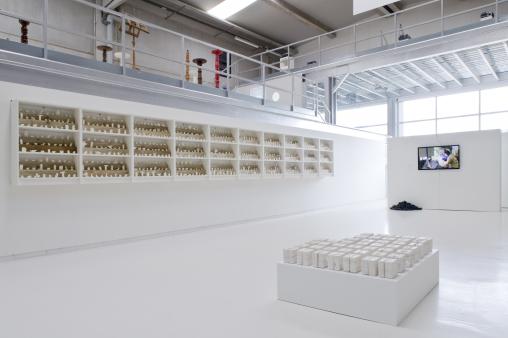
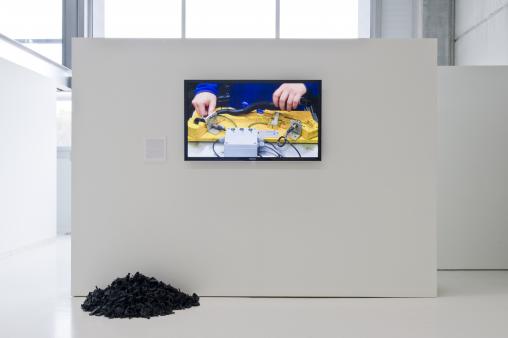
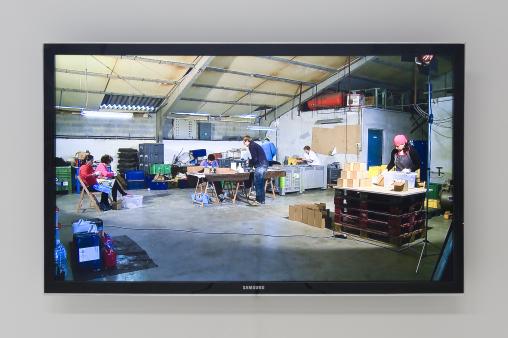
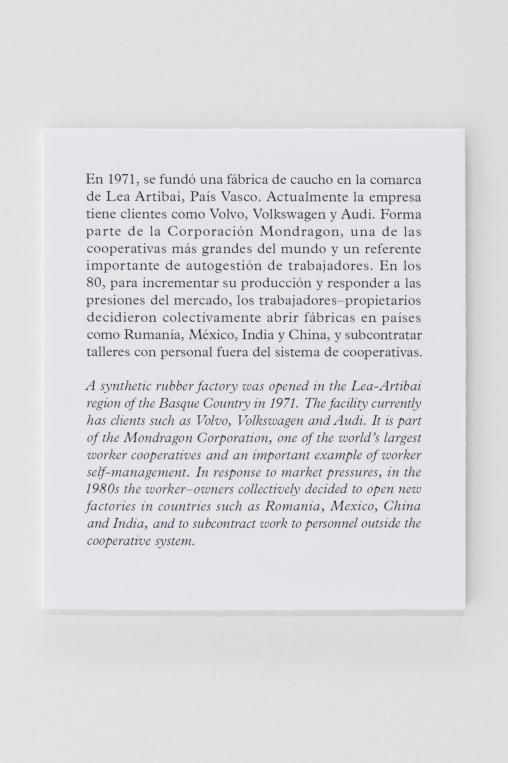
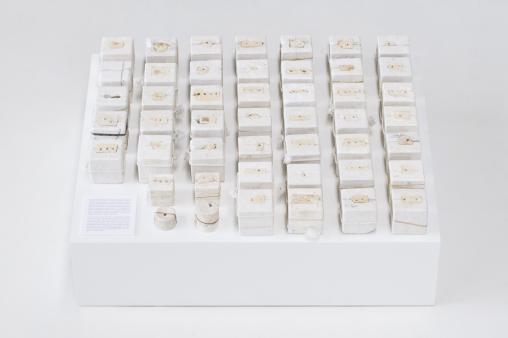
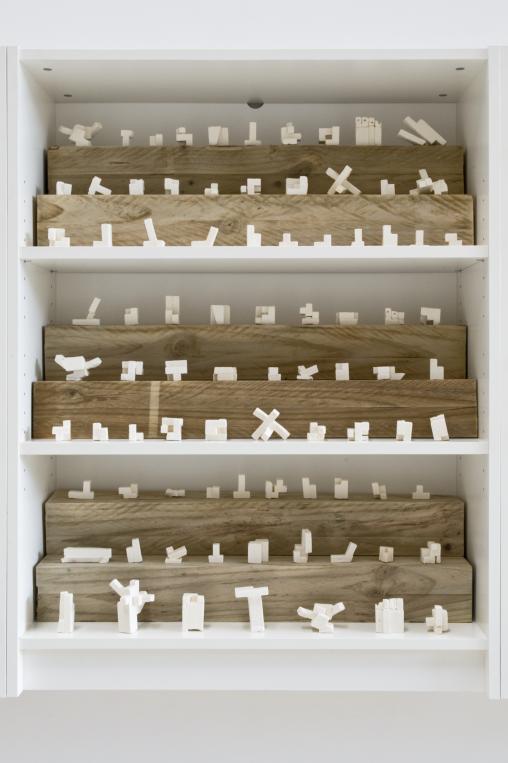
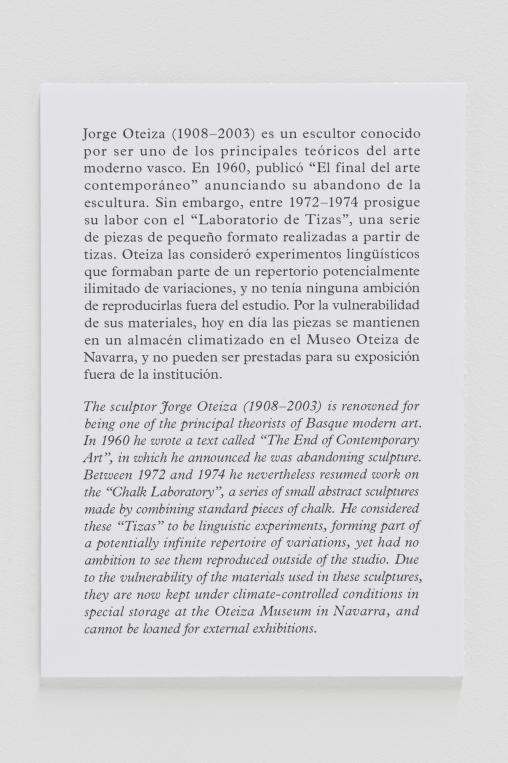
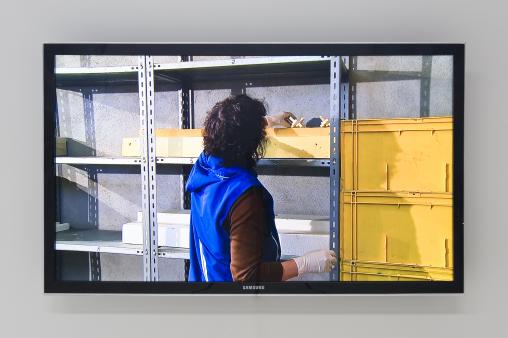
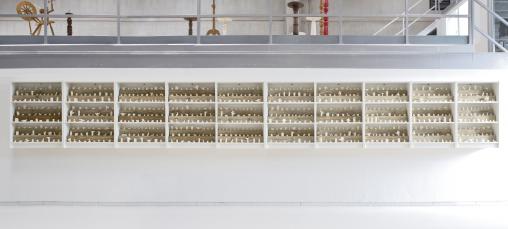




![Gaur [sic]](http://www.parallelports.org/sites/parallelports.org/files/styles/small_cropped/public/field/image/article/gaursic_montajea.jpg?itok=6czeeiAF)








